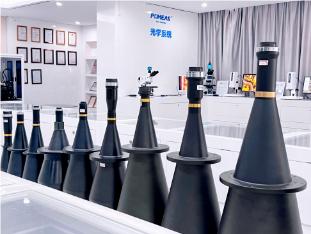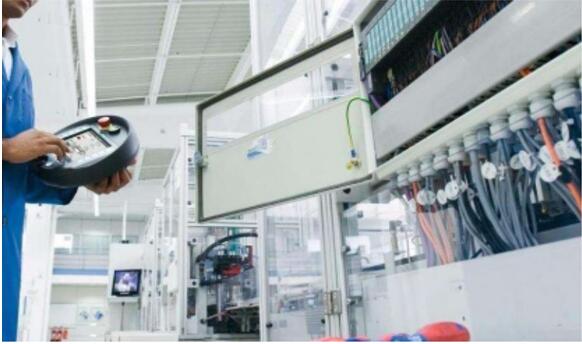How do the optical parameters of industrial telecentric lenses affect their performance?
Industrial telecentric lenses, characterized by low distortion and constant magnification, serve as core components for high-precision measurement and defect detection. Their optical parameters directly determine imaging quality and application compatibility.


Parallax is the core of precision, describing the parallelism between the principal ray and the optical axis. It is categorized into object-side, image-side, and bilateral parallax, measured in degrees or as a percentage. Poor parallax leads to parallax errors, such as magnification shifts caused by slight object displacement. High-precision measurements (e.g., semiconductor pin inspection) require parallax < 0.1°, while rough inspections can tolerate up to 0.5°.
Magnification determines field of view and detail clarity, inversely proportional to field of view (FOV = sensor size / magnification). Excessive magnification results in a narrow field of view, requiring multiple stitches for large objects; insufficient magnification leads to inadequate detail resolution, making minor defects prone to detection failure. Simultaneously, magnification accuracy (e.g., nominal 1X error < 0.1%) and uniformity (center-to-edge magnification difference < 0.05%) directly impact measurement error, preventing edge dimension distortion.
Distortion rate reflects shape deviation, typically < 0.1% for telecentric lenses (high precision < 0.05%), far lower than conventional lenses. Distortion causes shape distortion, such as measuring squares as trapezoids. Semiconductor wafer inspection requires a distortion rate < 0.05%, while rough shape inspection can be relaxed to 0.1%.
Resolution is measured by MTF, which determines detail reproduction capability. For instance, detecting 50μm PCB traces requires an MTF > 0.5 at 20 lp/mm, and must match the sensor's pixel size to prevent undersampling. Poor MTF consistency across the entire field of view can lead to missed edge defects.
Numerical Aperture (NA) balances brightness, resolution, and depth of field. A larger NA allows more light to enter and provides higher resolution, but results in a shallower depth of field. For detecting objects with significant height variations, a smaller NA is needed to maintain a large depth of field. For inspecting minute defects on flat surfaces, a larger NA is required to enhance resolution.
Additionally, the working distance must be compatible with both the object size and the illumination device, while the spectral range should match the illumination wavelength (e.g., select near-infrared compatible lenses for infrared detection). Selection should focus on core requirements to avoid wasteful pursuit of high specifications.
Product recommendation
TECHNICAL SOLUTION
MORE+You may also be interested in the following information
FREE CONSULTING SERVICE
Let’s help you to find the right solution for your project!


 ASK POMEAS
ASK POMEAS  PRICE INQUIRY
PRICE INQUIRY  REQUEST DEMO/TEST
REQUEST DEMO/TEST  FREE TRIAL UNIT
FREE TRIAL UNIT  ACCURATE SELECTION
ACCURATE SELECTION  ADDRESS
ADDRESS Tel:+ 86-0769-2266 0867
Tel:+ 86-0769-2266 0867 Fax:+ 86-0769-2266 0867
Fax:+ 86-0769-2266 0867 E-mail:marketing@pomeas.com
E-mail:marketing@pomeas.com
